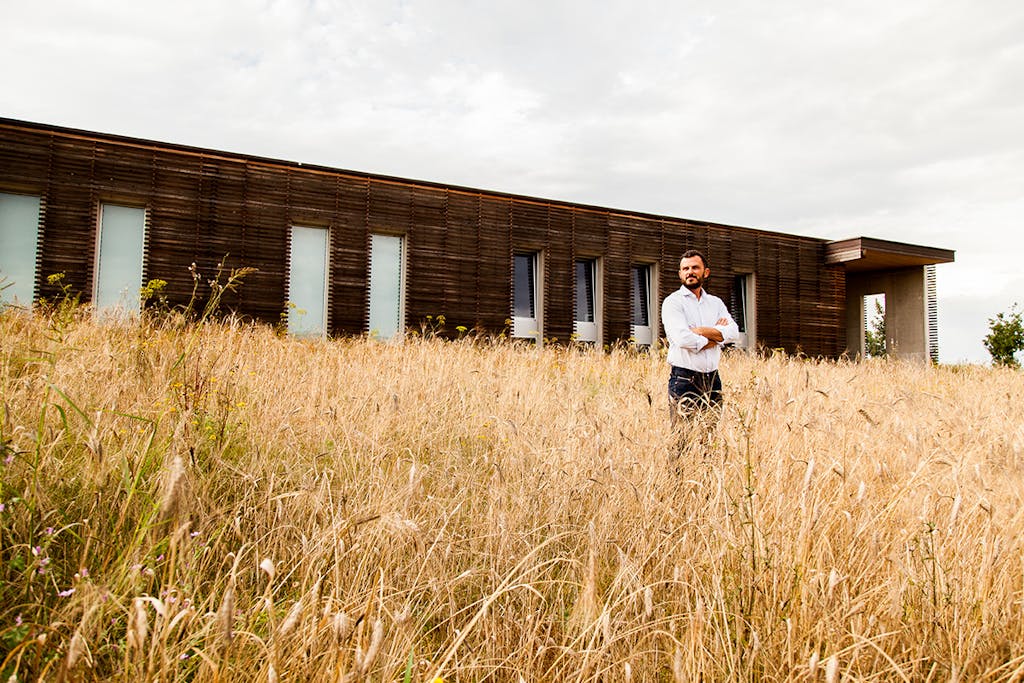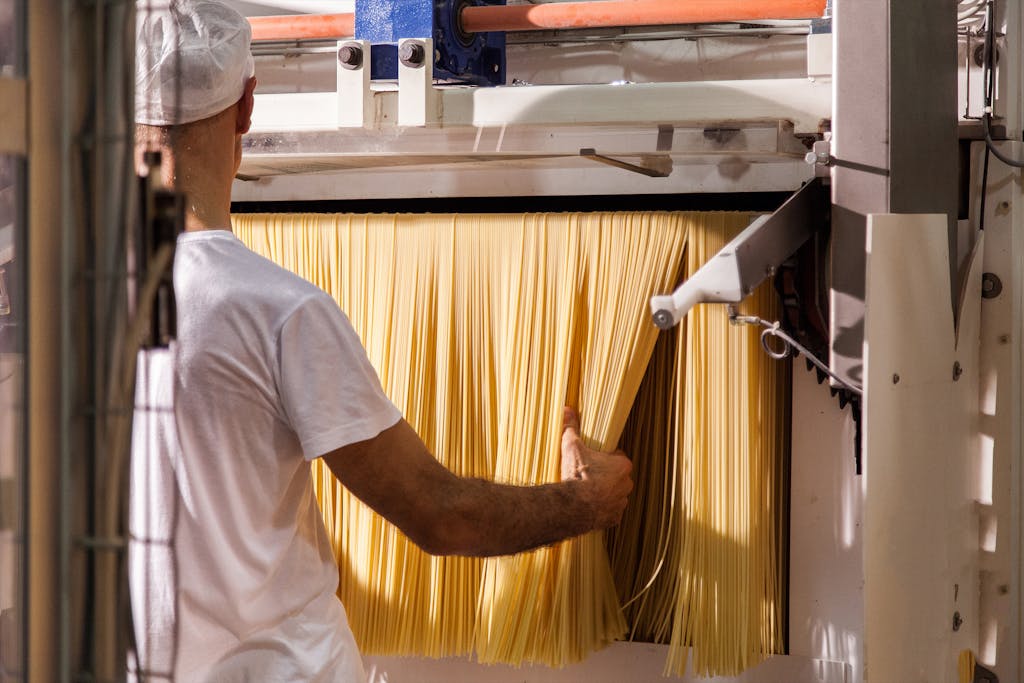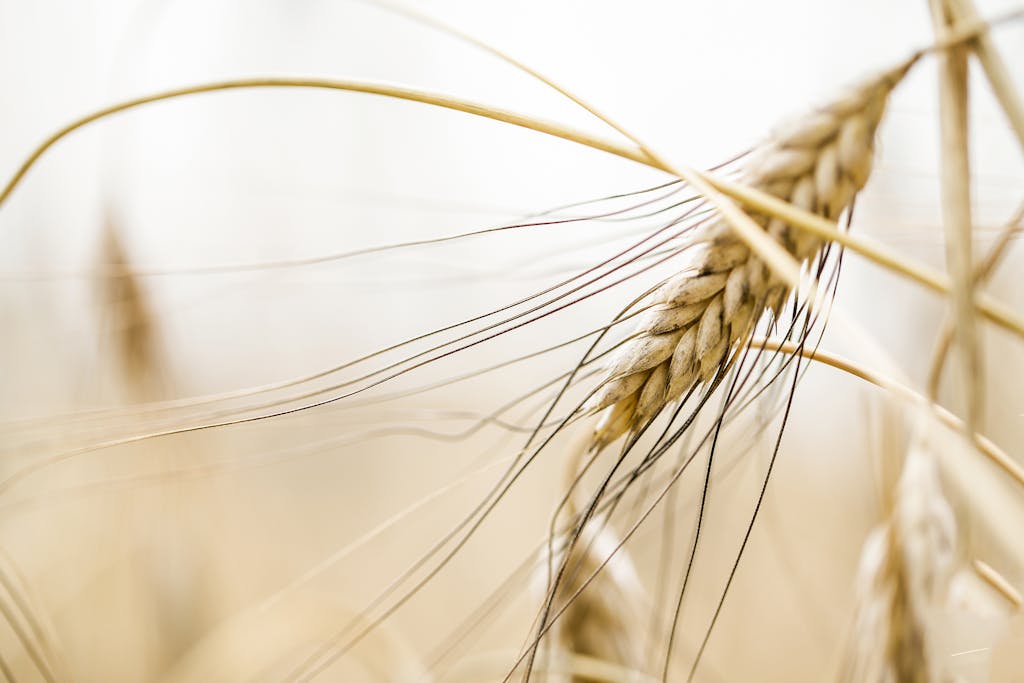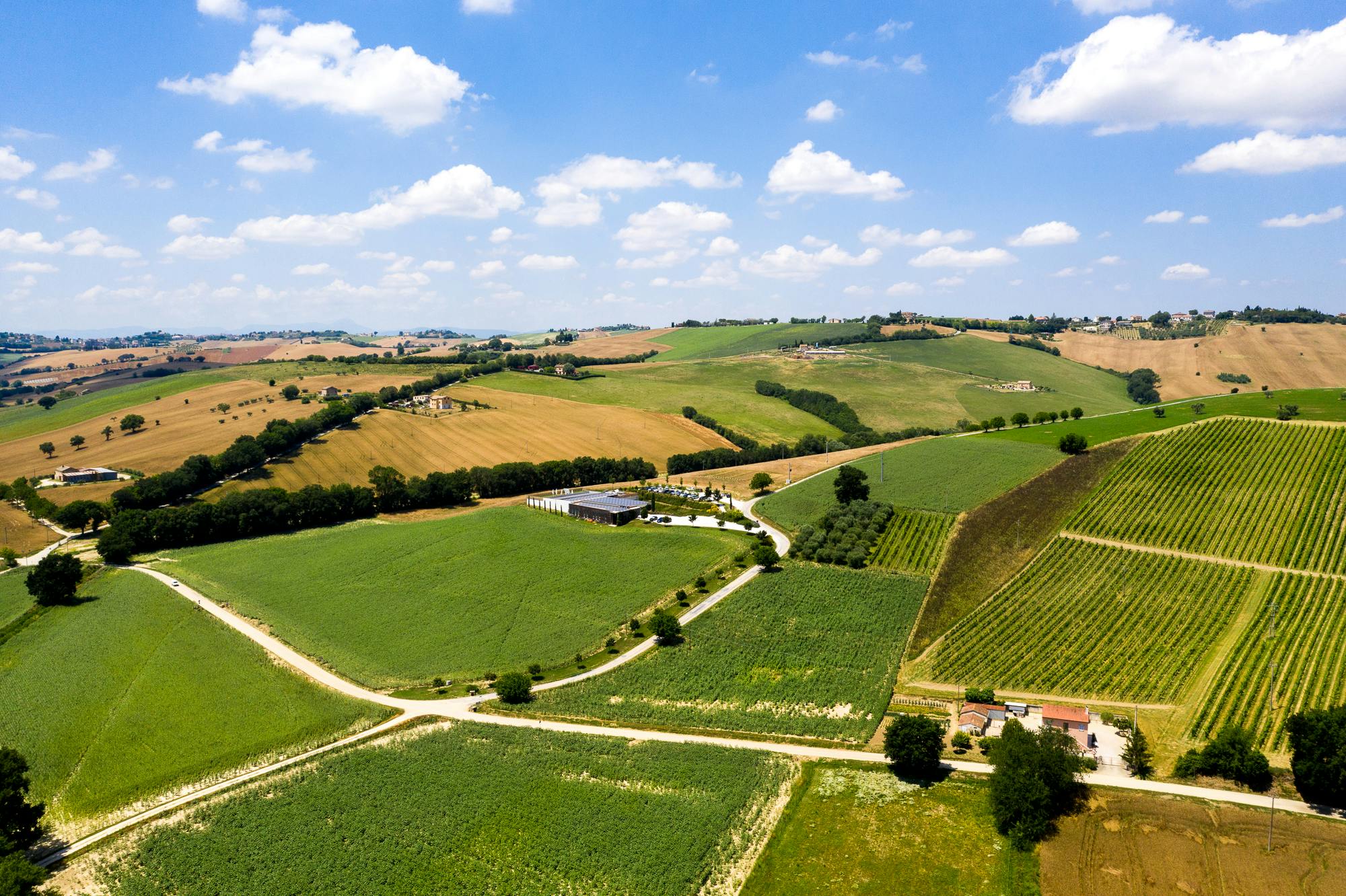On the Culinary Trail: Relishing Italy’s Artisanal Pasta with S.A.L.T. Lab Radio
Pasta—the kind that comes in a box, in strands or loops or little bowties. The kind you feed your kids when you haven’t made other dinner plans. The stuff you’ve eaten happily your whole carb-craving life without thinking too deeply about… Pasta doesn’t seem like a luxury Italian product. Not like a Gucci tote or a fancy watch, anyway. You buy it at the supermarket, not from some boutique on the Via Condotti with a gold-plated facade and a security guard in a nicer suit than yours. You don’t twirl it around your fork and sniff it like a vintage Barolo. Sure, you love it. But it’s just pasta, right?
Not exactly. As we learn on our sixth episode of S.A.L.T. Lab Radio’s pasta-focused podcast, all pasta is not just pasta. Some pasta is made using the finest varieties of durum wheat grown on beautiful golden hills surrounding a sleek glass and concrete structure wrapped in wood slats and looking more like a modernist ski chalet than a pasta factory. In the fields, agronomists tinker with new strains of wheat. Inside the small, state of the art factory there are custom machines to extrude the pasta through bronze dies, heated rooms where the pasta is dried slowly for 50 hours or more, the precise length of drying time specifically calibrated by an elaborate algorithm based on the shape and thickness of the noodle. At the center of the action is an intense and affable man, chief tinkerer and wheat farmer-turned-pasta perfectionist, Massimo Mancini, owner of Mancini Pastaficio Agricole.

Massimo’s family has long grown wheat here in the Central Italian hills of Le Marche, near the town of Fermo. Though the region produces quality wheat, the vast majority of it is sold as a commodity product, sent elsewhere. Most pasta, even the good stuff made in Italy, is made from a mix of domestic and imported wheats. The average grain of durum wheat in a strand of Italian spaghetti has traveled 6,000 kilometers.
There’s nothing average about Mancini’s pasta. It is made from crops visible from the factory. Massimo had the unusual idea of tweaking his output for optimal taste and, in a region not known for pasta production, keeping the wheat he grew and using it to produce some of the best dried pasta in the world.

“I studied agriculture in Bologna and I did a thesis about pasta,” he tells us via Zoom from the floor of the Mancini Pastaficio. “Then I did an MBA and worked as a product manager in a big pasta factory. After this I decided to come back home and change completely the organization of the farm. Now we produce pasta only with our durum wheat. In our pasta factory we want to combine the high technology with the very, very old methods. This is our philosophy.”
Though we’re talking to them remotely for episode 6 of the S.A.L.T. Lab Radio podcast, before the pandemic lockdown I had the good fortune to travel to Le Marche twice to meet with Massimo and his colleague Lorenzo Settimi. The first time I arrived, the field in front of the pastaficio had been planted with a rotation crop of thousands of tall sunflowers standing at attention in the blindingly bright summer sun. We stood on its grassy terraced roof and took in the 360 degrees of fields around us with Massimo pointing out which plots of land were his family’s and what varieties of wheat they held.

Where we stood was about an hour’s drive south-west from the port city of Ancona where the newest ship Silver Moon was in the process of being built (Silver Moon has since been completed and Silver Dawn is now in the shipyard, under construction). My second visit was timed around Silver Moon’s float-out ceremony.
As Silver Moon is the first vessel to host the S.A.L.T (Sea and Land Taste) program, it seemed fitting to bring a group of guests on a special excursion that would highlight and celebrate the kinds of unique and passionate producers and food stories we explore on the podcast as well as through S.A.L.T excursions and onboard classes and experiences. After a tour of the factory floor, we assembled around an outdoor table overlooking the valley for a festive meal made by local chefs. Before dinner, Massimo lead a blind tasting: one mass-market grocery brand, another, more artisanal small-production label and his own Mancini spaghetti, simply dressed with olive oil and salt.
The spaghetti made here looks, more or less, like the spaghetti you’re familiar with. But taste it side by side and here was the proof, the pay-off for all Massimo’s obsession and tinkering. A truly well-made dry pasta has texture—it feels different in your mouth and holds sauce better than the rubbery industrial stuff. The taste, too, is very different. Mancini pasta tastes like wheat.
“When you control the raw material, you can offer a quality of pasta that is very complex,” Massimo says. “When you taste the pasta, you can understand the difference.”

Lorenzo Settimi adds, “When I meet chefs all around the world, the first thing I hear is that this is an alive pasta with a strong smell and taste of wheat. That is the best compliment for us. The approach is very similar to a winemaker. A winemaker uses a variety of grapes to make his wine. We use a lot of wheat varieties.”
The goal, both men say, is not just to get cooks and consumers to pay attention to the kinds of wheat and methods used to make great pasta but also for dried pasta to get the recognition it deserves as an iconic Italian product. For a long time, even in Italy, quality restaurants were much more likely to serve house-made fresh pastas that showed off the talents of the chef rather than a product that came in a box and reminded diners of what they made at home. That’s starting to change thanks to the efforts of dried pasta partisans like Massimo.
“I remember 10 years ago, it was impossible find the dry good pasta in the Michelin star restaurant,” he says.
Their latest development is a wholly new strain of wheat that points to the future of the company while honoring its roots. The new wheat is called Nonno Mariano. Nonno, Italian for grandfather, is named for Massimo’s grandfather, the original farmer of these hills, who passed away at the age of 105. Massimo plans to make the new strain freely available and hopes others in his region will plant and use it. “My grandfather was very important to me,” Massimo says. “Without him I would not start this business. He has been a seed for me and now after eight years of working on it we have a new seed with his name. And now these farmers in this area can sow this seed.”

Recently Mancini released its first pasta made with Nonno Mariano wheat. They were kind enough to send some to me and, after our interview, I boiled a pot of water and prepared some of the spaghetti. As when with the blind tasting we’d done in Le Marche, I added just a touch of good olive oil and a sprinkle of crunchy sea salt. It tasted and smelled great. Alive, as Lorenzo put it. It spoke to the terroir of those fields in front of the little factory, taking me from my kitchen in New York back to that pretty place. More than taste alone, though, it was the story of the people who made it. Of Massimo’s story and the legacy of his grandfather. It was truly transporting.
It’s a pasta journey worth taking and I hope you’ll have a chance to listen to our pasta-focused podcast and enjoy the trip.
